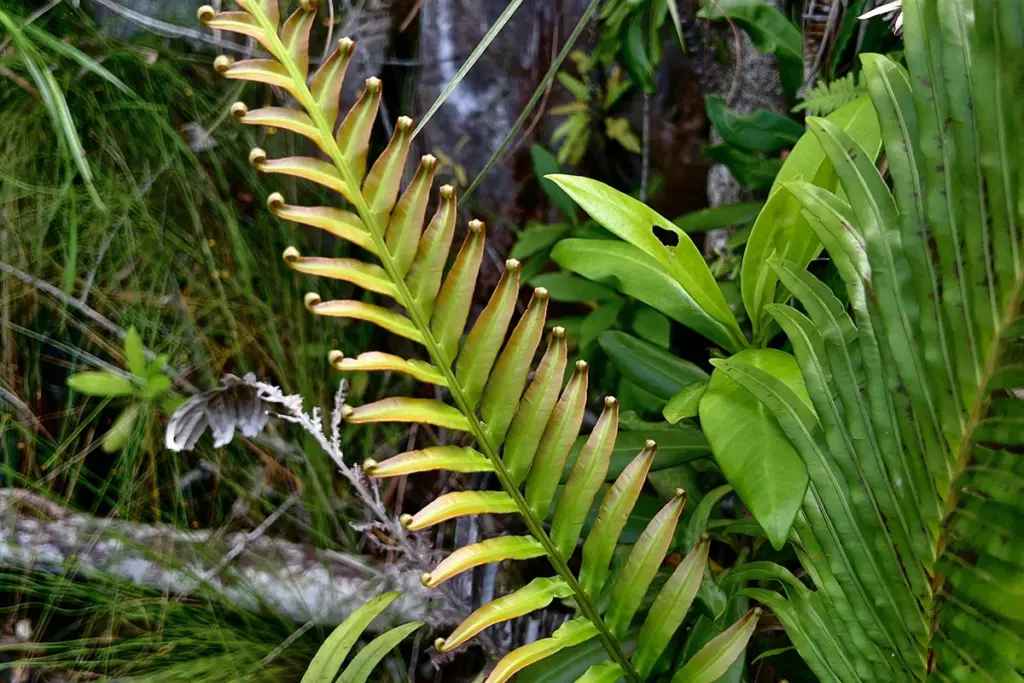
A team of scientists from the Chinese Academy of Sciences has made a groundbreaking discovery: the fern species Blechnum orientale can naturally crystallize rare earth elements (REE) within its tissues. This finding, detailed in a study published in the journal Environmental Science & Technology, suggests a new, less destructive method of obtaining these essential materials, which are crucial for various technologies, including electric vehicles and smartphones.
Traditionally, extracting REEs involves extensive mining and processing, which can lead to significant environmental damage, including soil degradation and water pollution. These elements, although not rare in the Earth’s crust, are typically found in low concentrations within specific igneous rocks, making their extraction challenging and often harmful. The dominance of China in the global REE supply chain, controlling approximately 70% of mining and processing, exacerbates the issue of access to these vital resources.
Phytomining: A New Approach to Rare Earth Extraction
The researchers, led by geochemist Liuqing He, have identified Blechnum orientale as a hyperaccumulator plant, capable of thriving in soils with high levels of heavy metals that would be toxic to most other species. He noted that the fern can facilitate the mineralization of REEs, specifically producing the mineral monazite, which was previously only found in rocks formed under extreme geological conditions.
“This fern can produce minerals geologically important for REEs under Earth surface conditions,” He explained. The discovery underscores the potential for phytomining, a process that utilizes plants to extract metals from soil, as a sustainable alternative for harvesting REEs. This method could significantly reduce reliance on traditional mining techniques, which are often damaging to local ecosystems.
The team employed advanced microscopic imaging and chemical analysis techniques to study the fern’s capabilities in South China. Their findings raise the possibility that other plant species may also possess similar properties, and future research will be necessary to explore this avenue further.
The Importance of Rare Earth Elements
Rare earth elements such as neodymium, dysprosium, and praseodymium are critical components in the manufacturing of powerful permanent magnets used in electric vehicle motors, as well as various electronic devices. REEs play a crucial role in modern technology, appearing in smartphones, wind turbines, and numerous everyday products.
While the study indicates that B. orientale is not yet producing REEs in large quantities, it highlights the untapped potential of phytomining. Researchers aim to develop methods to extract monazite from the fern and refine it into its component REEs, minimizing resource loss during the process.
“This discovery reveals an alternative pathway for monazite mineralization under remarkably mild conditions and highlights the unique role of plants in initiating such processes,” the researchers concluded. As the global demand for rare earth elements continues to rise, innovative approaches like this could play a vital role in ensuring sustainable access to these essential materials.







